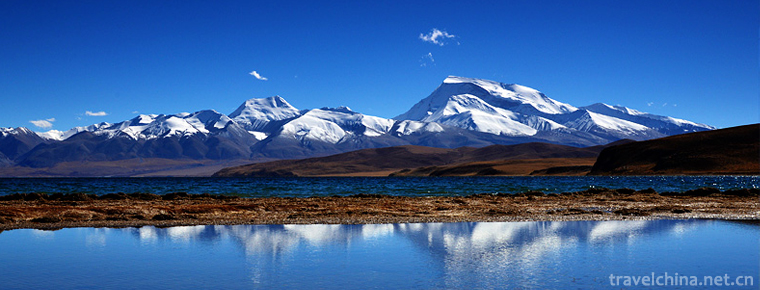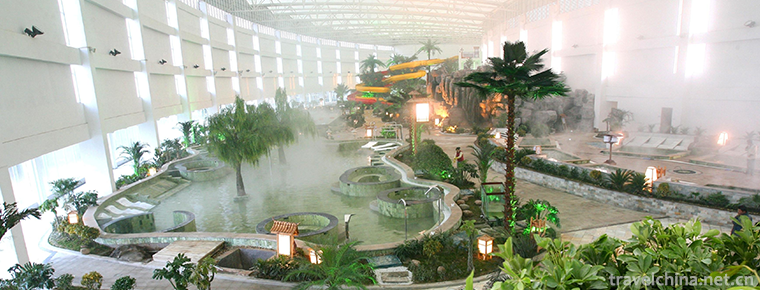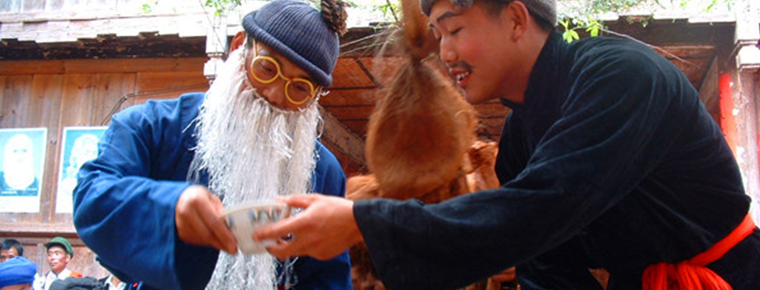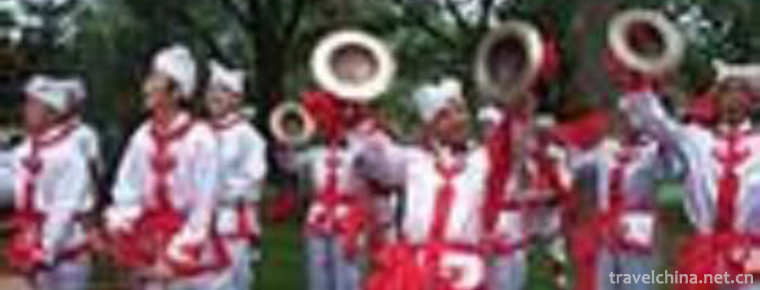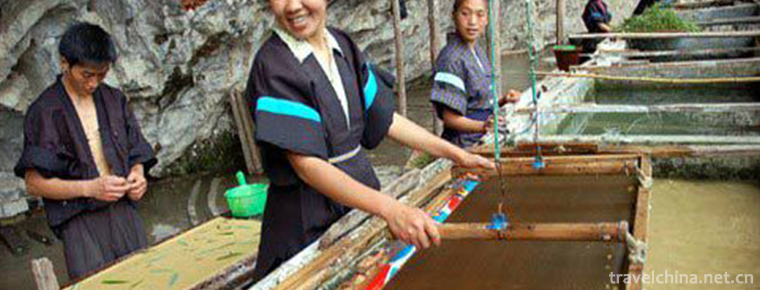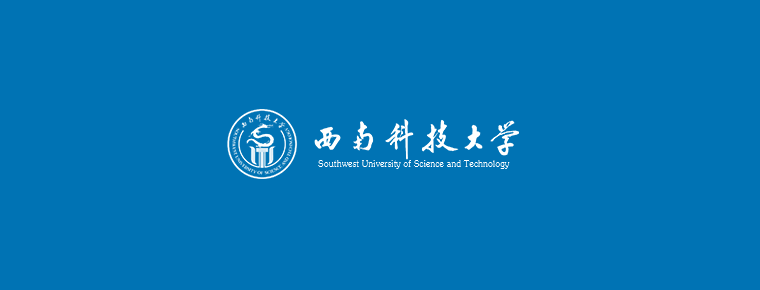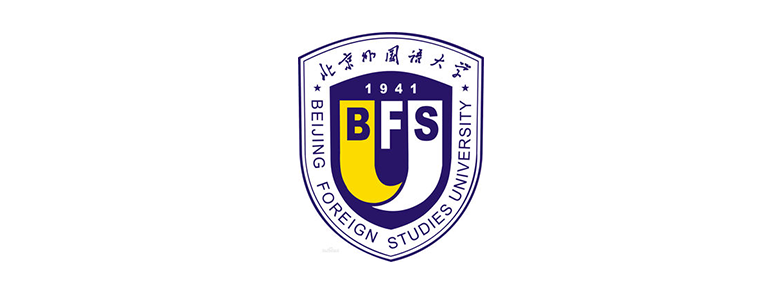Eighteen General Martial Arts
Eighteen General Martial Arts
A traditional term of Chinese Wushu, also known as "Eighteen Weapons" and "Eighteen Weapons", is commonly used in ancient Chinese operas and novels, referring to the use of various Wushu instruments and skills. The content and form of eighteen kinds of martial arts are very rich, which largely reflects the development of martial arts in that era. Modern people's understanding of "Eighteen General Martial Arts" refers to a wide range of weapons or skills.
On May 23, 2011, eighteen general martial arts were approved by the State Council to be included in the third batch of national intangible cultural heritage list.
evolution
As a military term, it appeared in military books, and "Eighteen General Martial Arts" was first found in the Collection of Cuiwei North by Huayue in the Southern Song Dynasty. The seven chapters of the book "Eight out of ten martial arts, and bow first", but did not give the specific content of "Eighteen general martial arts".
At the end of Yuan Dynasty and the beginning of Ming Dynasty, the second chapter of Shi Nai'an's Water Margin in Ming Dynasty said, "Shi Jin asks Wang Jiaotou every day to point out eighteen kinds of martial arts and teach them one by one from the beginning. What are the eighteen kinds of martial arts? Spears, hammers, bows, braces, swords, chains, axes, cymbals and halberds, batons and forks."
During the Wanli period of the late Ming Dynasty, the specific content of "Eighteen General Martial Arts" was expressed in a new way: "One bow, two crossbows, three guns, four knives, five swords, six spears, seven shields, eight axes, nine indigo, ten halberds, eleven whips, twelve bracelets, thirteen picks, fourteen covers, fifteen forks, sixteen palladium heads, seventeen cotton ropes, eighteen white strikes". "White Fight" means unarmed fighting. Boxing has always been paid attention to in Wushu practice. Ming Qi Jiguang pointed out in "Jixian Xinshu Quijie Essential Chapter of Quan Jingjie" that "Boxing seems to be unprepared for the war, but it is also the door for beginners to learn to enter the art by moving their hands and feet and being diligent in their limbs." Since then, although the contents of the eighteen general martial arts have changed, they are basically the same as this.
Since the Qing Dynasty, the eighteen kinds of martial arts have four main statements:
1. Refers to knives, guns, swords, halberds, legs, sticks, forks, rakes, whips, maces, hammers, axes, hooks, sickles, picks, crutches, bows and arrows, rattan cards.
2. Same as the arrangement, the last three items changed into generations, bows and arrows.
3. Refers to "nine long and nine short". Nine lengths are guns, halberds, sticks, indigo, forks, legs, hooks, mortise and rings; nine short are knives, swords, crutches, axes, whips, maces, hammers, sticks and pestles. The disappearance of bows and arrows of long-range weapons and cards or rattan cards of defensive weapons also reflects that modern practitioners are not good at bows and arrows and only teach routines.
4. It refers to 18 kinds of weapons called knives, guns, swords, halberds, axes, cymbals, hooks, forks, whips, maces, hammers, grasps, boring, sticks, bangs, sticks, crutches, meteor hammers and so on. This is also an arrangement accepted by most people today.
Significance
From this we can see that the so-called "eighteen general" is not limited to eighteen weapons, but an overview of various ancient martial arts. In fact, the Cold Weapon Age produced many weapons, far more than the "eighteen-size". During the late Qing Dynasty and the Republic of China, "Eighteen Weapons" became the necessary display of all martial arts halls, and became one of the symbols of Chinese martial arts and martial arts halls.

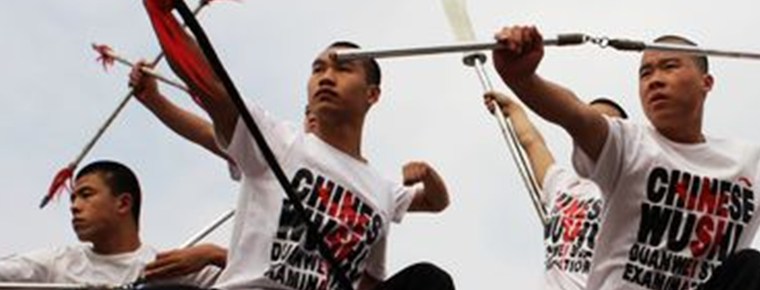
Eighteen General Martial Arts
-
Lake Manasarovar
Ma Pang yongcuo is 35 kilometers east of the town of Pu Lan county
Views: 193 Time 2018-10-12 -
Longxing Temple
Longxing Temple, alias Dafo Temple, is located in Dongmenli Street, Zhengding County, Shijiazhuang City, Hebei Province. It was originally Longteng Garden of Yanmu Rongxi after the Eastern Jin Dynasty
Views: 189 Time 2019-02-06 -
Tianmujiang Beishuicheng Hot Spring Resort
Tianmu Jiangbeishuicheng Hot Spring Resort is the third five-star resort hotel developed by Tianmu Group in Guanxian County of Shandong Province after Tianmu, Lushan Hot Spring Resort of Jiangxi Provi
Views: 246 Time 2019-02-21 -
Xinjiang Tianshan
Tianshan Mountain in Xinjiang, the eastern part of the Tianshan Mountains, is also the main part of the Tianshan Mountains and the world natural heritage. Tianshan Mountain is one of the seven major m
Views: 215 Time 2019-02-25 -
Ear song
"Earsong" is also known as "Decorative Red". In Bai language, "ear" means simple son, and "song" means dance. It originated in the mountainous Bai nationality i
Views: 216 Time 2019-04-28 -
Construction Techniques of Miaozhai Diaojiao Building
Miaozhai hanging-feet building is evolved from the form of "nest dwelling". It is built with bamboo and wood. The lower part of the building is hollow. It is called "semi-dry fence"
Views: 131 Time 2019-06-05 -
Daoism in Northern Shaanxi
As one of the traditional folk songs in northern Shaanxi, Daoqing in northern Shaanxi was originally called "Qingjian Daoqing". Later, because "Longdong Daoqing" and "Shenchi
Views: 181 Time 2019-06-13 -
Yongan Daqiang Opera
Yongan Daqiang Opera was formed in the mid-Ming Dynasty. It is a genre of Yiyang Opera. It is called Daqiang Opera because it is "big gong, big drum and big voice singing high tune". During
Views: 233 Time 2019-07-14 -
Bamboo Paper Making Skills
Bamboo paper production maintains a complete traditional process. It is manually made by dipping paper. There are 15 links and 72 processes from material selection to paper making. The production proc
Views: 217 Time 2019-08-10 -
Southwest University of Science and Technology
Southwest University of Science and Technology is located in Mianyang City, Sichuan Province. The school is a university built jointly by the Sichuan Provincial People's Government and the Ministry of
Views: 230 Time 2019-08-31 -
Beijing Foreign Studies University
Beijing Foreign Studies University is located in the West Third Ring Road north of Haidian District, Beijing. On the two sides of the three ring road, there are two East and West campuses, which are d
Views: 163 Time 2019-09-06 -
Guangan scenic spot
By 2018, there are 24 A-level scenic spots in Guang'an City, of which Deng Xiaoping's hometown is a national 5A scenic spot, and six scenic spots, including Huaying Mountain tourist area, Shenlong mountain Ba Ren stone city, baozhensai, Tianyi Vall
Views: 350 Time 2020-12-19
